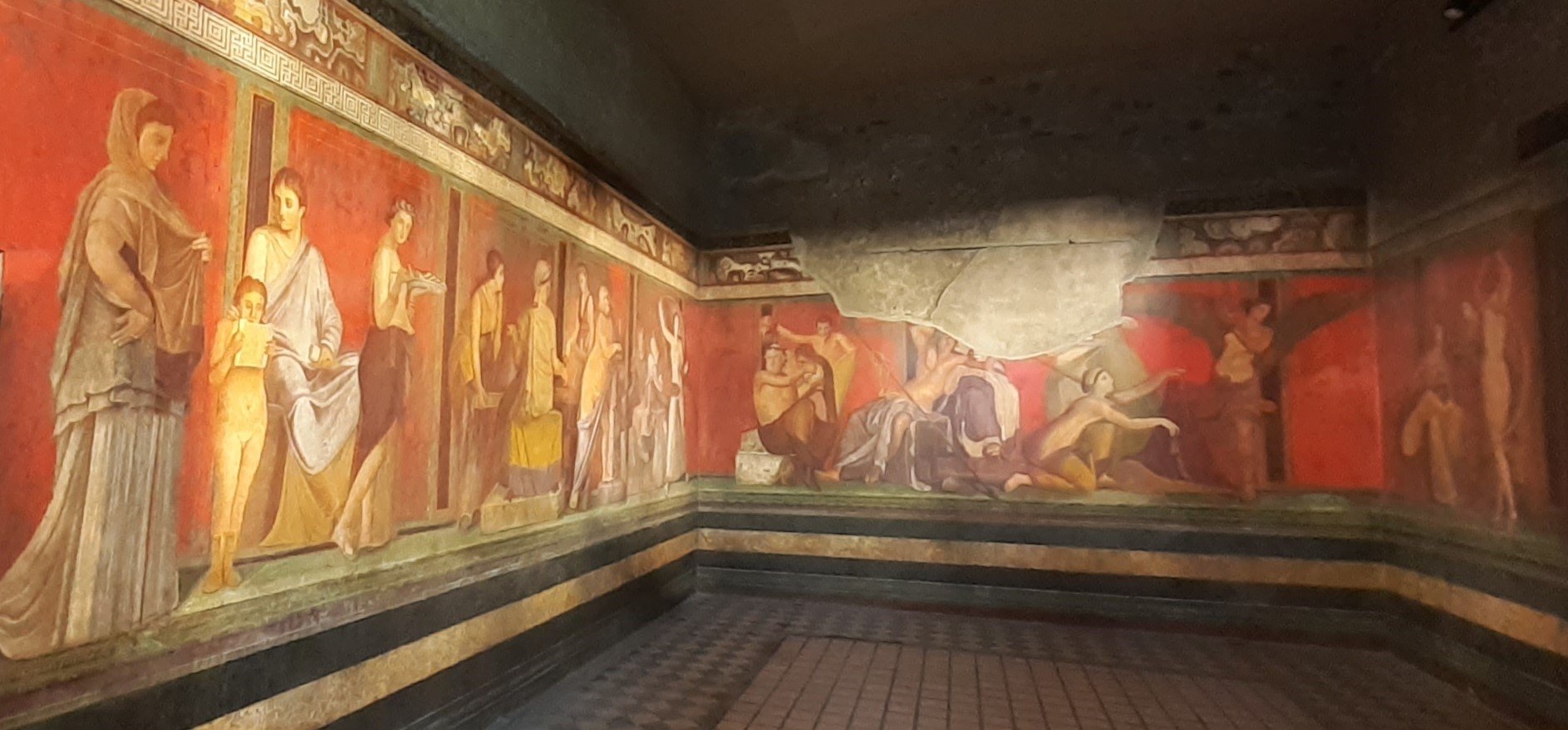Introduction
These little portraits were mostly created as an excuse to use the lightbox I received for my birthday in 2024. I’d never used one before – the closest I had ever come was tracing things against the window on a bright sunny day, which was every bit as impractical as it sounds; it was always a race to see which would go first, the sunlight or the strength in my arms.
Until I got my own unit I was also very hazy about what the thing would consist of. I had a vague notion it must be some kind of shallow trough with a sheet of glass on top enclosing a light source. Of course, today’s equivalent turned out to be much sleeker than that. The Chinese-built HSK B4 I was gifted is a simple flat pad with an on-off switch and dimmers at the side to control the brightness. You can lay it flat on the dining room table and your arms don’t get tired at all. It knackers your back though, which is why professional draughtspersons, for instance, make sure they sit upright at a sloping desk and work comfortably at chest height, but some of us believe in suffering for our art.
Purists, of course, will protest that you can hardly call it art if all you’re doing is tracing a photograph and then shading it in, but after a brief tussle with my conscience I think I would briskly reply that the tracing is simply the quickest way to ensure a good likeness; 90% of the work thereafter is the modelling within the outline. Besides, on Sky’s Portrait Artist of the Year the competitors regularly take photographs on their phones and then work from those, even though the ostensible subject is sitting not ten feet in front of them, while Johannes Vermeer, surely one of the most technically proficient painters ever, spent practically his entire working life crouched in a camera obscura colouring in the image thrown on his canvas by the lens eavesdropping on the doings of various parlour maids, milk pourers, letter readers and music makers. If it was good enough for him, it’s certainly good enough for the likes of me. Besides, once I’d got the taste for doing these drawings, the project quickly got out of hand as I kept thinking of further categories I wanted to capture, so as the list of potential subjects grew, any and all shortcuts needed to be grasped with both avid – and eventually palsied – hands.
These are what I would call ‘sketch portraits’ rather than completely polished works, mainly because I wanted to do a lot of them quickly, but also because I rather like the finish, that of ‘a quick sketch dashed off on a sunny afternoon in the back garden’, and I found early on that the tooth of the paper made for a lot of happy accidents, particularly in the areas of my traditional bête noire, the half tones.
The paper used is the WH Smith A6 ring-bound sketch pad, 135gsm, with the notches cut off from the top, and the bulk of the work was done using a 2B pencil, switching to 5B to deepen certain shadows. I would sharpen the 2B anew for each fresh portrait, and eventually moved on to 3B and 4B when the 2B began to get so short that I could no longer hold it comfortably. It is obviously possible to draw with a stub held just in the fingers, but on this small scale, which requires close control to properly render the fine detail, I need my pencil to be at least long enough to rest on the fleshy web, purlicue or clooney between the thumb and first finger of my drawing hand (my right – but you can probably tell that from the direction of the shading. Look at any drawing by Leonardo – invariably the shading lines go from top left to bottom right, showing that the Renaissance master was a southpaw).
I sourced the reference pictures from the interwebs and sized them to be roughly the same dimensions in each group, no bigger than a Post-it note. The ancient Greek and Roman stuff was taken exclusively from portrait busts, so the black and white finish on a crisp grayscale print helped greatly with the depth perception. I soon found with these that because I was copying a carved original, the blank stare made them look as cold and lifeless as a block of stone, but as soon as I experimented with adding some pupils to an early Julius Caesar, the mask suddenly came to life, so I immediately brought all the others in that series into line.
In more contemporary portraits, the lightbox is an absolute godsend for helping one correctly render that most awkward of modern facial appurtenances, spectacles. I’ve had to wear glasses most of my adult life, but despite that – or maybe because of it – I’m not at all sympathetic when having to deal artistically with the egg-shaped orbs of my fellow sub-20/20 brethren. On the other hand, it was a delight to discover that I didn’t need to wear my glasses at all (whether readers or drivers) while working on these portraits; the detail was so fine that I had to engage with the paper in an unusually up-close and personal way, so for the twenty or so minutes I and my subject were engaged in our private colloquy, the world shrank to just those few tiny inches between us. I hope these pictures convey to you some of the quiet joy and intimacy I enjoyed while I was working on them.
Artworks








